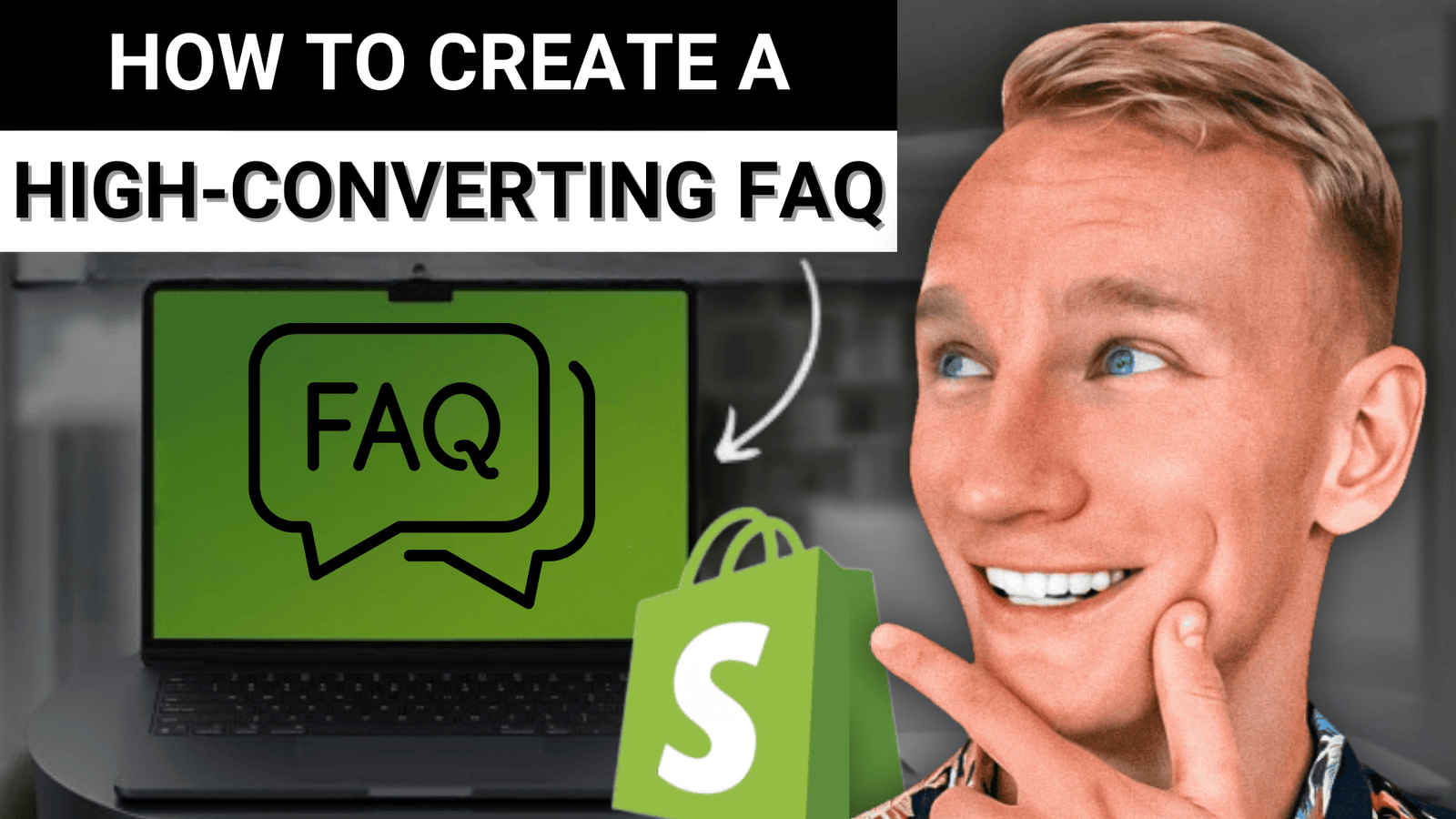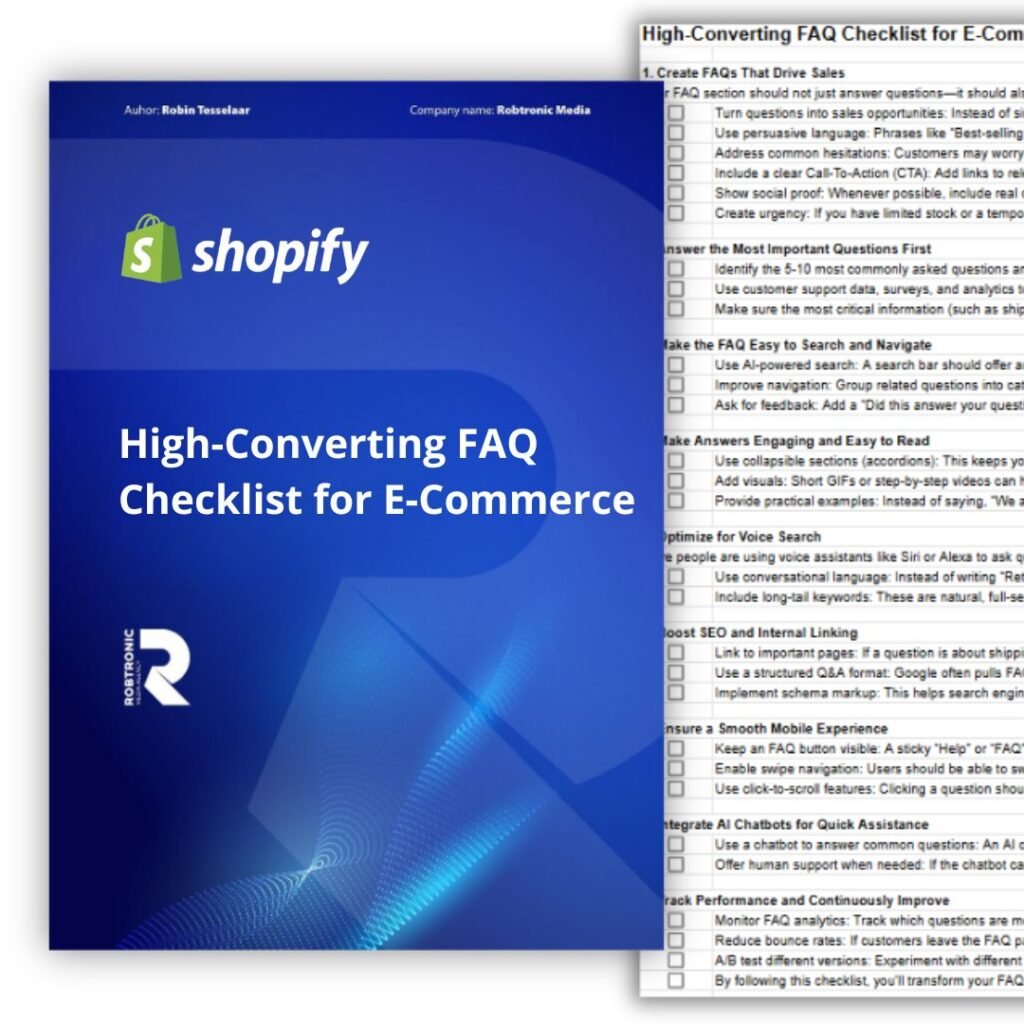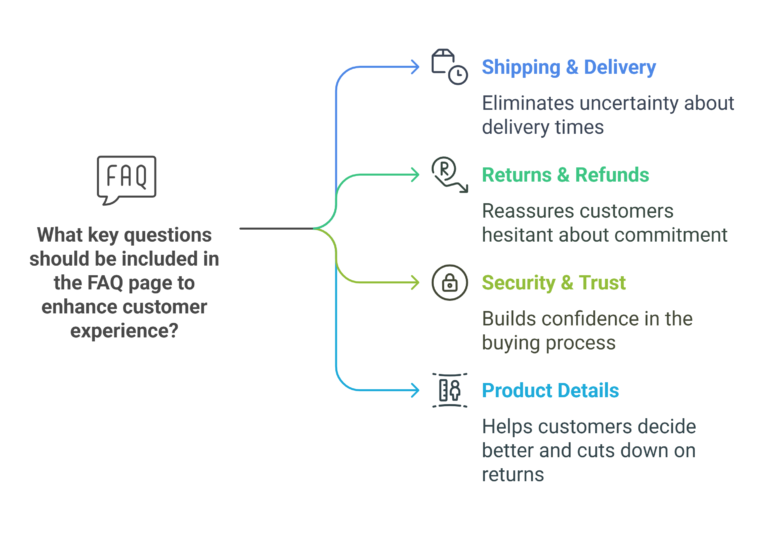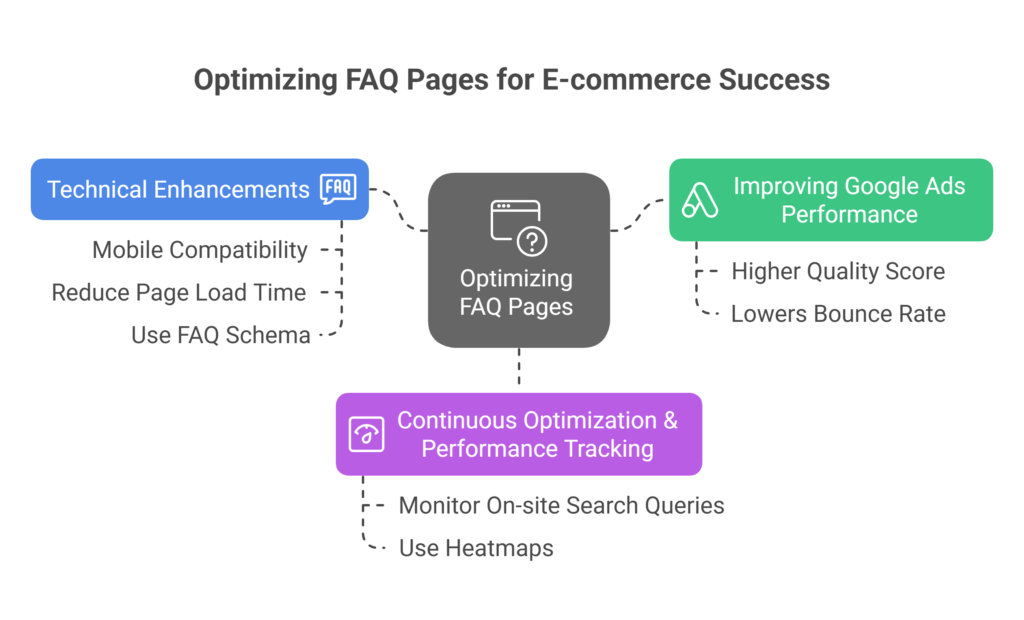Consider your FAQ section a quiet salesperson. It answers questions and clears doubts before customers check out. A good FAQ page does more than cut down on support requests. It builds trust, reduces friction, and boosts conversions.
Customers often hesitate. They worry about shipping, return policies, or security. These concerns create barriers that lead to cart abandonment. An optimized FAQ page addresses customer concerns and builds trust. This boosts their chances of making a purchase.
In this guide, you’ll learn to create a high-converting FAQ page. This page will enhance user experience, boost sales, and help your e-commerce success.
1. Why Your E-commerce Store Needs an Optimized FAQ Section
An FAQ page does more than just answer common questions. It helps boost conversions by tackling buying barriers. Here’s why it’s essential:
✅ Lowers Customer Support Questions – By answering common questions upfront, you save time for both your team and your customers.
✅ Boosts Conversions – It lowers doubts that stop buyers from making a purchase.
✅ Tackles Psychological Barriers – Handles objections before they turn into deal-breakers.
✅ Boosts Google Ads Performance – A clear FAQ page raises your landing page Quality Score. This lowers ad costs and boosts ROI.
E-commerce brands that have clear FAQ pages see a 20% drop in cart abandonment. This also helps keep customers coming back. This article shows how limited-time offers can help an optimized FAQ page cut cart abandonment rates.
Pro Tip: Write like you’re chatting. This makes your FAQ answers more engaging and friendly.
2. Must-Have Questions for Your FAQ Page
Your FAQ page must address key customer concerns that affect conversions. Here are key questions to include and the friction they eliminate:
-
Shipping & Delivery – “How long does shipping take?” → Eliminates uncertainty about delivery times.
-
Returns & Refunds – “What is your return policy?” → Reassures customers hesitant about commitment.
-
Security & Trust – “Is my payment information secure?” → Builds confidence in the buying process.
-
Product Details – “Do you offer size charts?” → Helps customers decide better and cuts down on returns.
-
Order Tracking – “How can I track my order?” → Gives visibility and builds post-purchase trust.
-
Discounts & Promotions – “Do you offer discounts for first-time buyers?” This encourages new customers to act.
-
International Shipping – “Do you ship globally?” → Clarifies delivery availability for global shoppers. Learn more here to avoid common supplier mistakes. These mistakes can create unclear shipping and return policies.
-
Customer Support – “How do I contact your team?” → Gives reassurance that help is available.
-
Sustainability – “Are your products eco-friendly?” → Appeals to ethically conscious buyers.
-
Loyalty Programs – “How can I earn rewards?” → Encourages repeat purchases and brand loyalty.
🚀 Example: A clear return policy on the FAQ page builds customer trust. It also makes returns easier.
Pro Tip: Use expandable sections, like accordions, to keep your FAQ page neat and easy to use on mobile.
3. Structuring Your FAQ Page for SEO & Conversions
A clear FAQ page helps users find answers and increases search visibility. Follow these best practices:
📍 Group questions by category – Sort them into topics like Shipping, Payments, and Returns.
📍 Use structured data. Implement FAQ schema to boost search visibility.
📍 Link to product pages – Drive customers further into the buying journey.
🚀 Example: Amazon’s FAQ page has clear categories and direct links. This setup reduces confusion and boosts conversions.
Pro Tip: Add call-to-action (CTA) buttons in your answers. This helps boost conversions. Use buttons like “View Our Shipping Policy” or “Shop Now.”
4. Enhancing FAQs with Visuals & Multimedia
Using visuals boosts user engagement and makes complex topics easier to understand. Here’s how:
✔ Infographics – Use visuals to show return policies and shipping times. ✔ Short Videos – Show how to use, assemble, or troubleshoot the product. This helps clear up confusion. ✔ Icons & Graphics – Break up text and improve readability.
🚀 Example: Brands using video FAQs see a higher engagement rate and lower return rates.
Pro Tip: Use descriptive alt text for images. It makes things easier to access and enhances the user experience.
